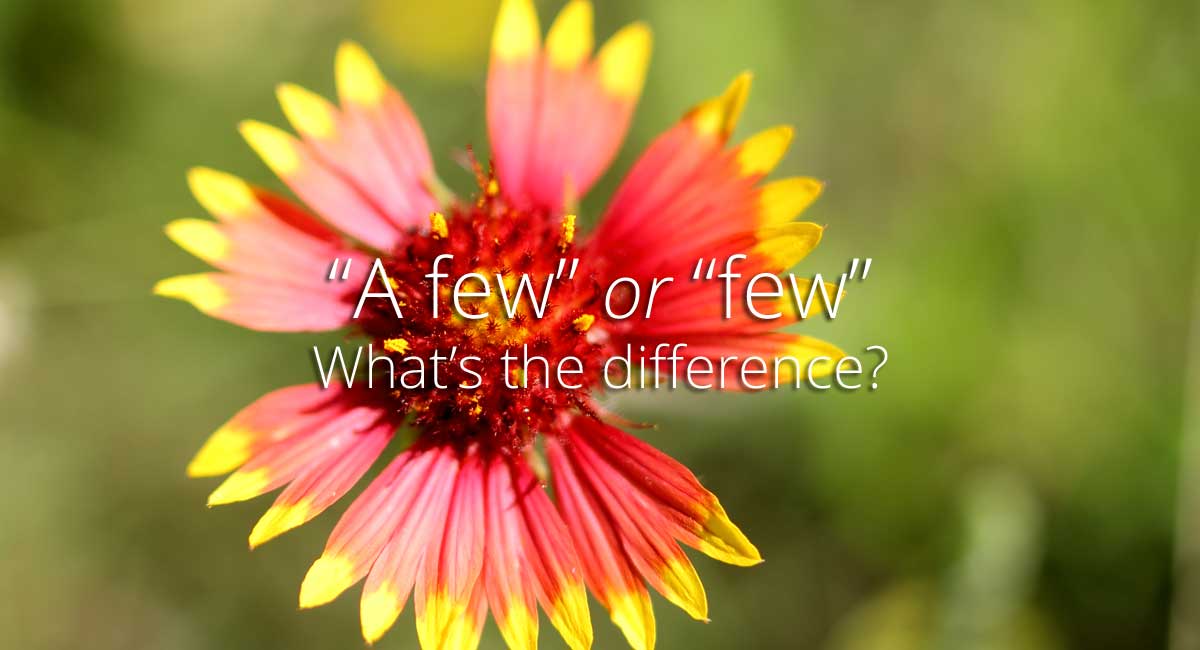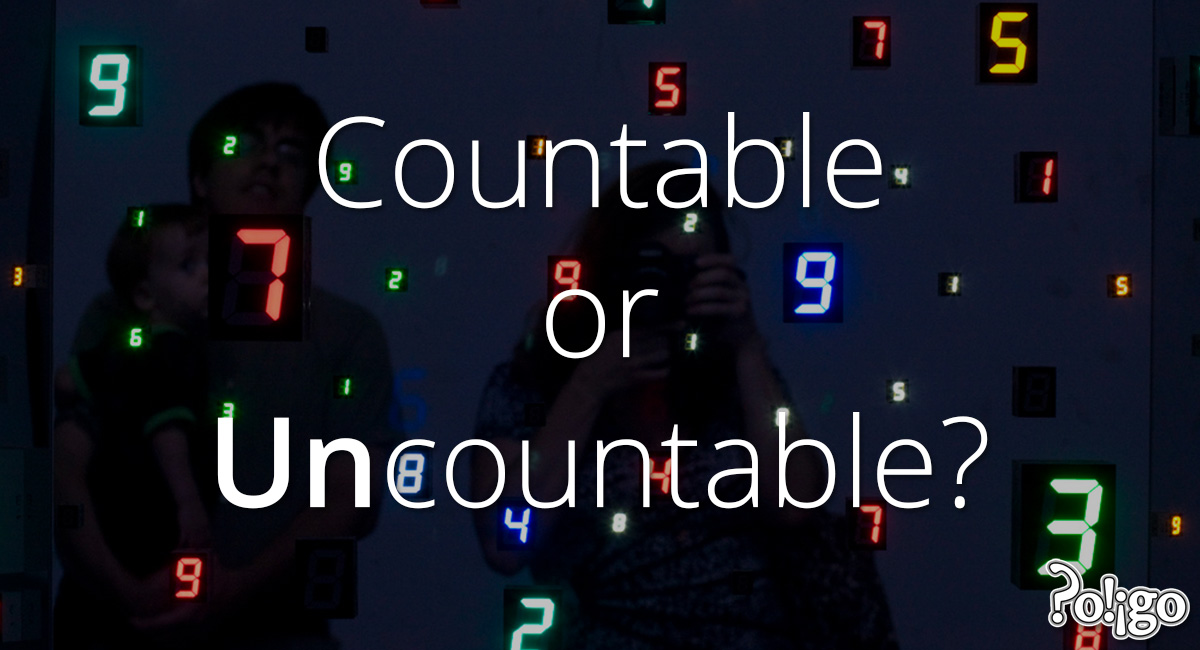
We use "few" and "a few" with countable nouns to say something about number. The most important point to understand is that these words about number are vague. Ask a native speaker, "How many is 'a few'?" They will probably answer, "I don't know... Three? Four? It depends."
These number words are understood by comparing them with one another:
few < a few < some
But they do not mean an exact number.
The difference between "few" and "a few" is easy. The "a" makes a big difference. When you say 'a few', it sounds like more than 'few', but less than 'some'. When there are a few, there are usually enough of something, but not many. In general, when you use 'few', the sentence has a negative nuance. It sounds like a small number. It seems like there are not enough of something.
Compare these two examples:
- "Few people came to my party;" and
- "A few people came to my party."
In sentence 2, it sounds like it was a good party, and I had a nice time. Hooray! Sentence 1 sounds like there was almost nobody at the party, and it was a little sad. I would feel like I have no friends if few people came to my party. I'd be so alone...
Here's another pair of sentences to help you understand:
- "There are few cars on the road at 5am;" and
- "There are a few cars on the road at 7am."
In the first sentence, I would expect the roads to be close to empty. In the second sentence, I would expect there to be a little traffic.
Leave a comment if you have a question!



